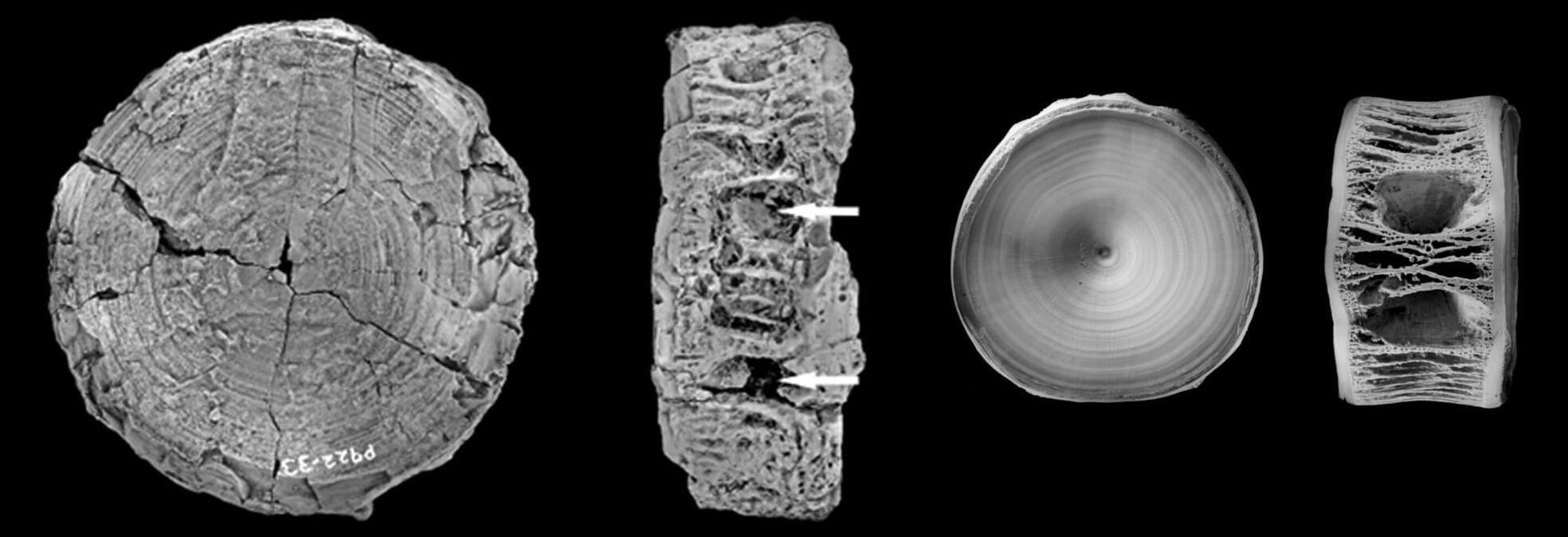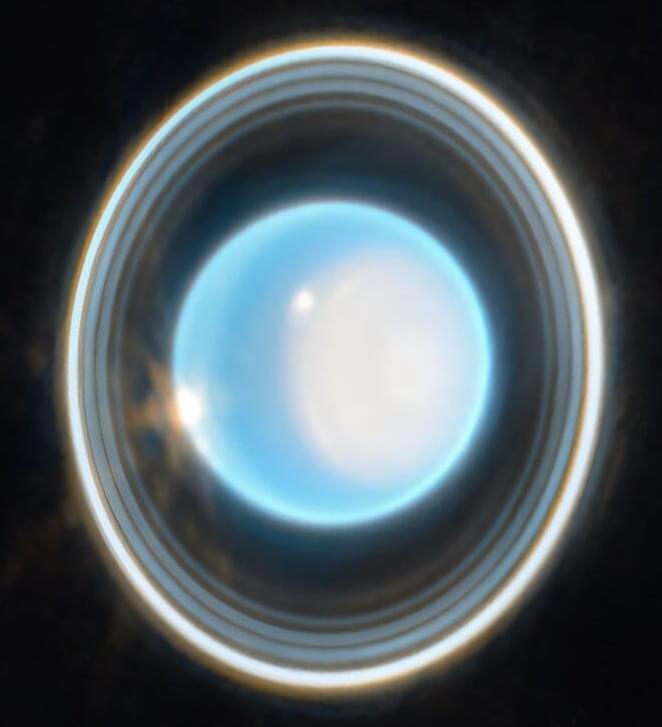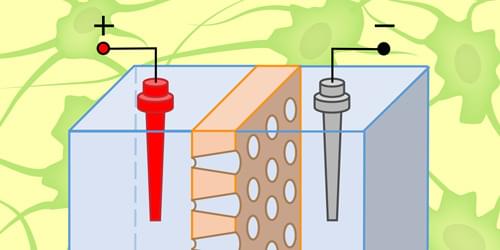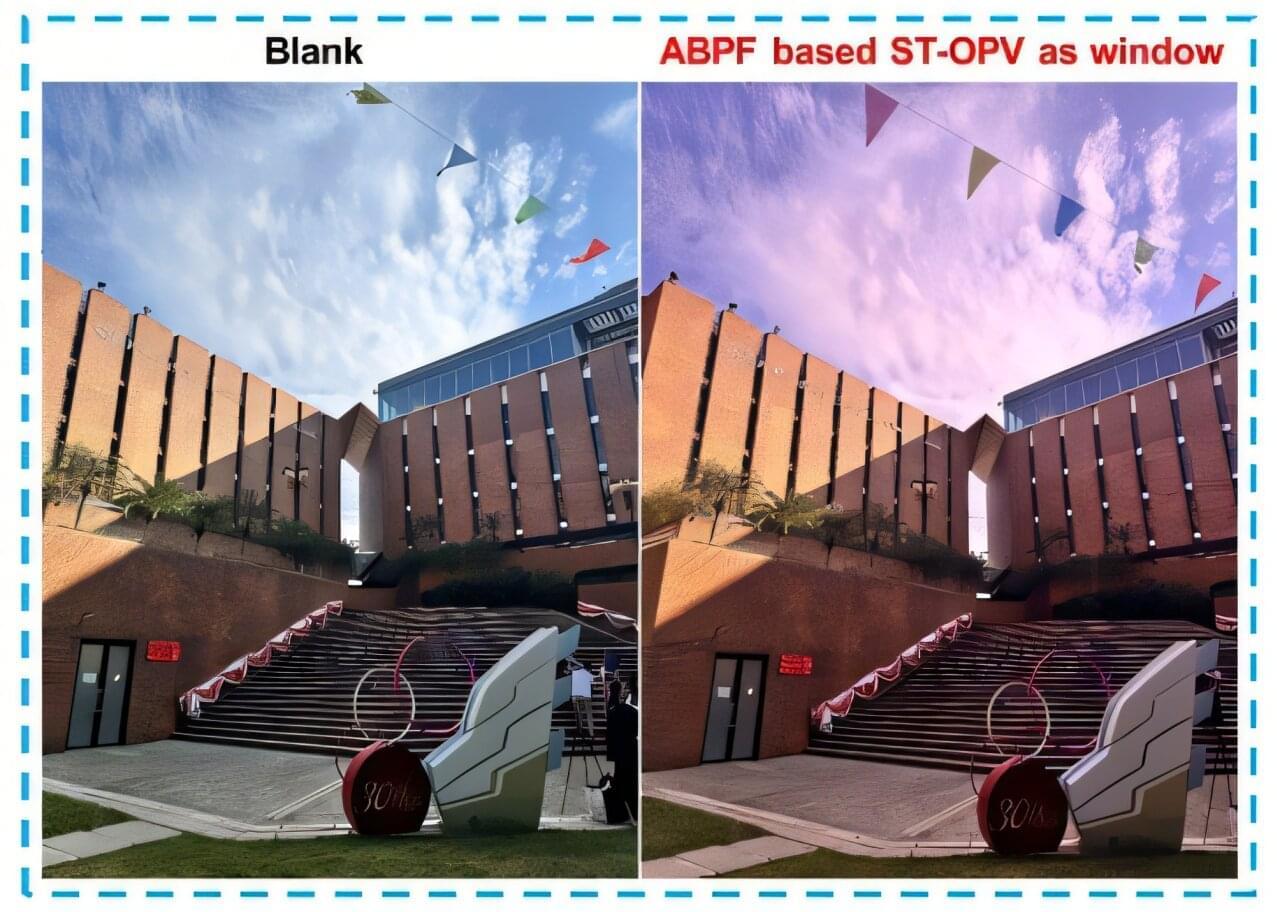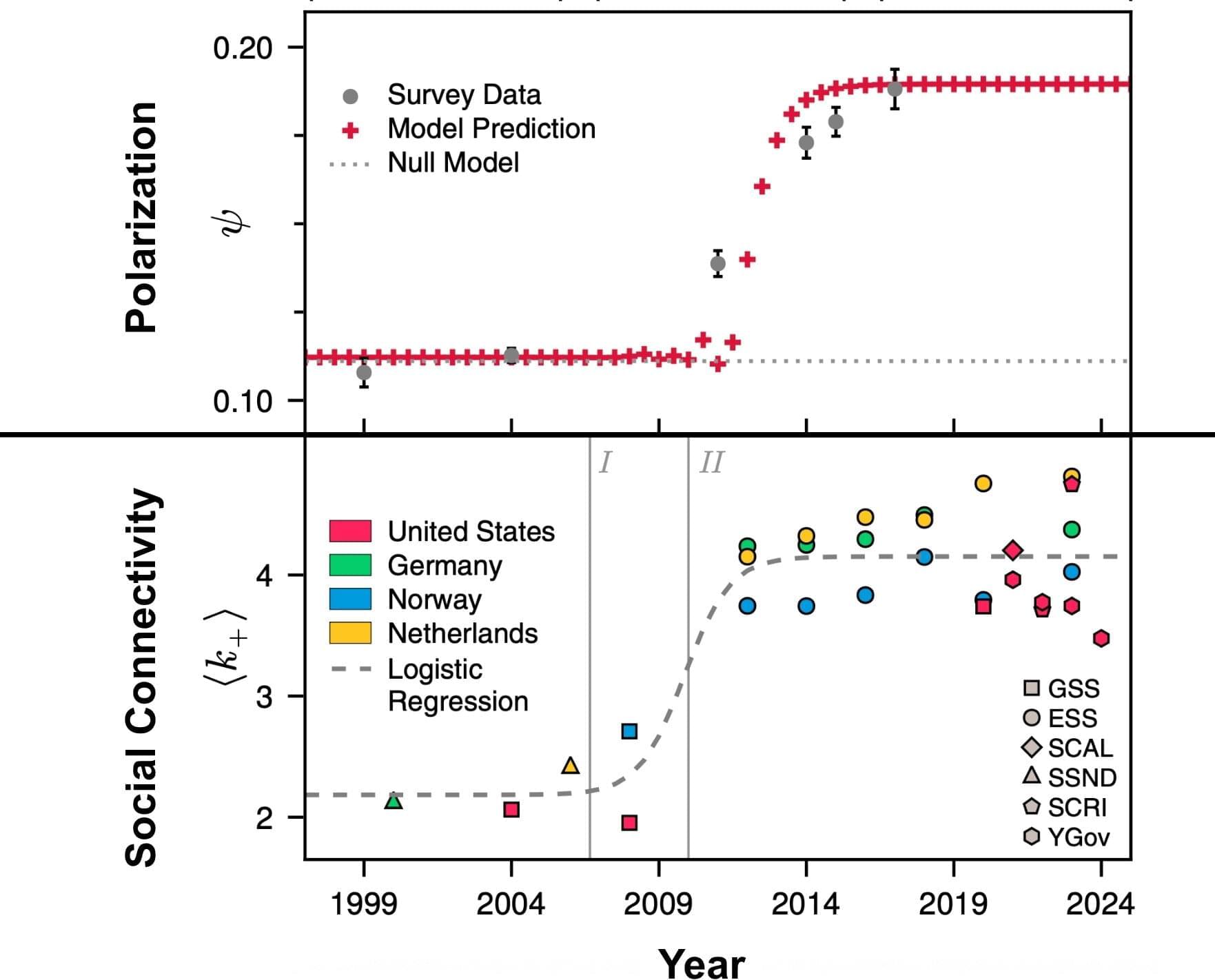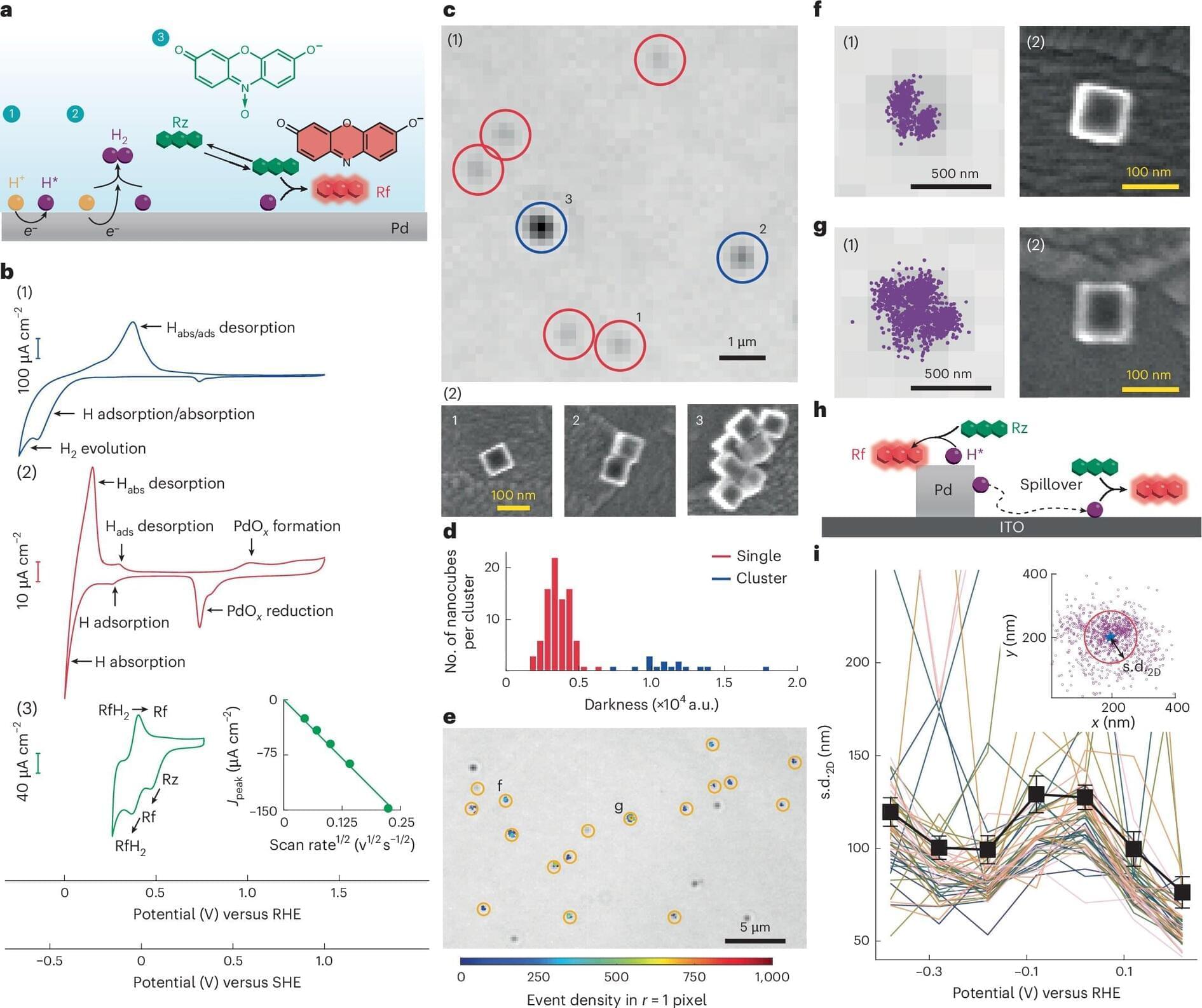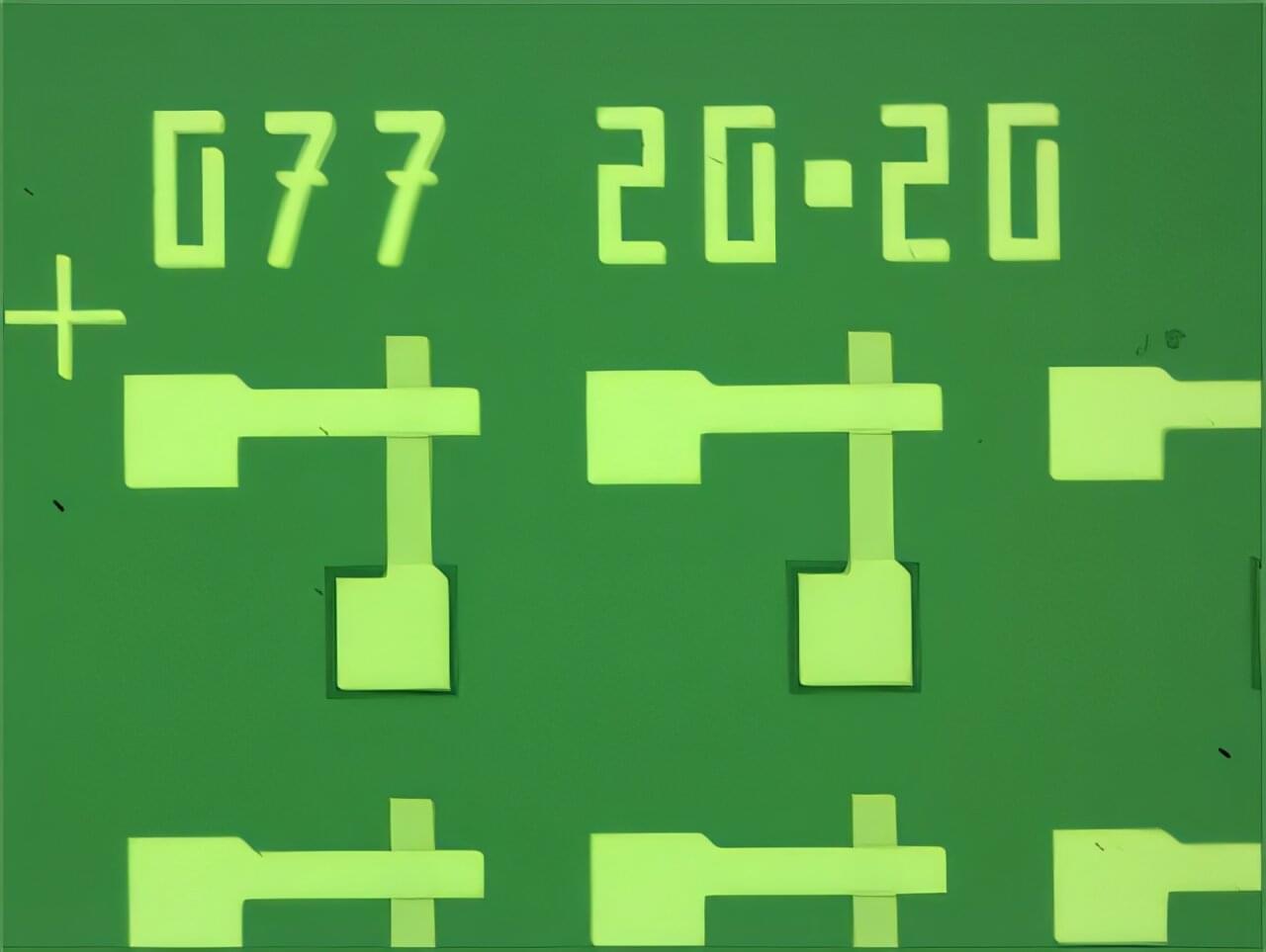An international, multi-university research team, including scientists from Columbus State University, has unearthed a crucial new piece of the puzzle in the evolution of sharks.
A recent study published in Communications Biology, “Early gigantic lamniform marks the onset of mega-body size in modern shark evolution,” has identified a new, extinct lamniform shark—a group that includes modern-day great white and mako sharks. It marks the earliest known example of a gigantic shark, suggesting that the trend of mega-body size in modern shark evolution began much earlier than previously thought.
The team, led by Dr. Mohamad Bazzi of Stanford University, included Dr. Mike Newbrey of Columbus State’s Department of Biology and 2020 alumna Tatianna Blake. They derived their conclusions after studying specimens from the Darwin Formation that outcrops at Darwin, Australia. These specimens, collected by other researchers in the 1980s, had been stored in a museum collection and remained unstudied until recently, when the team examined them in detail.
